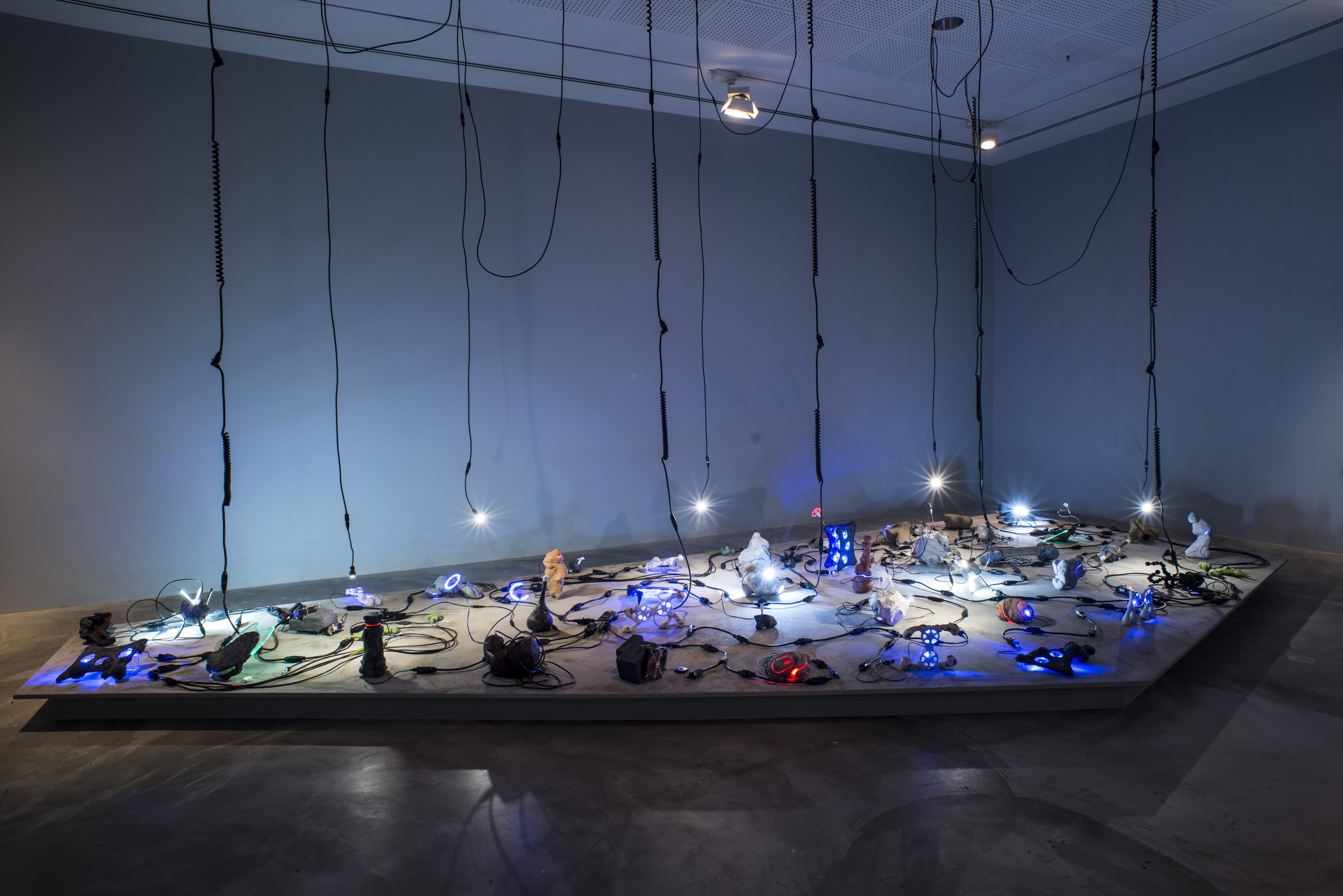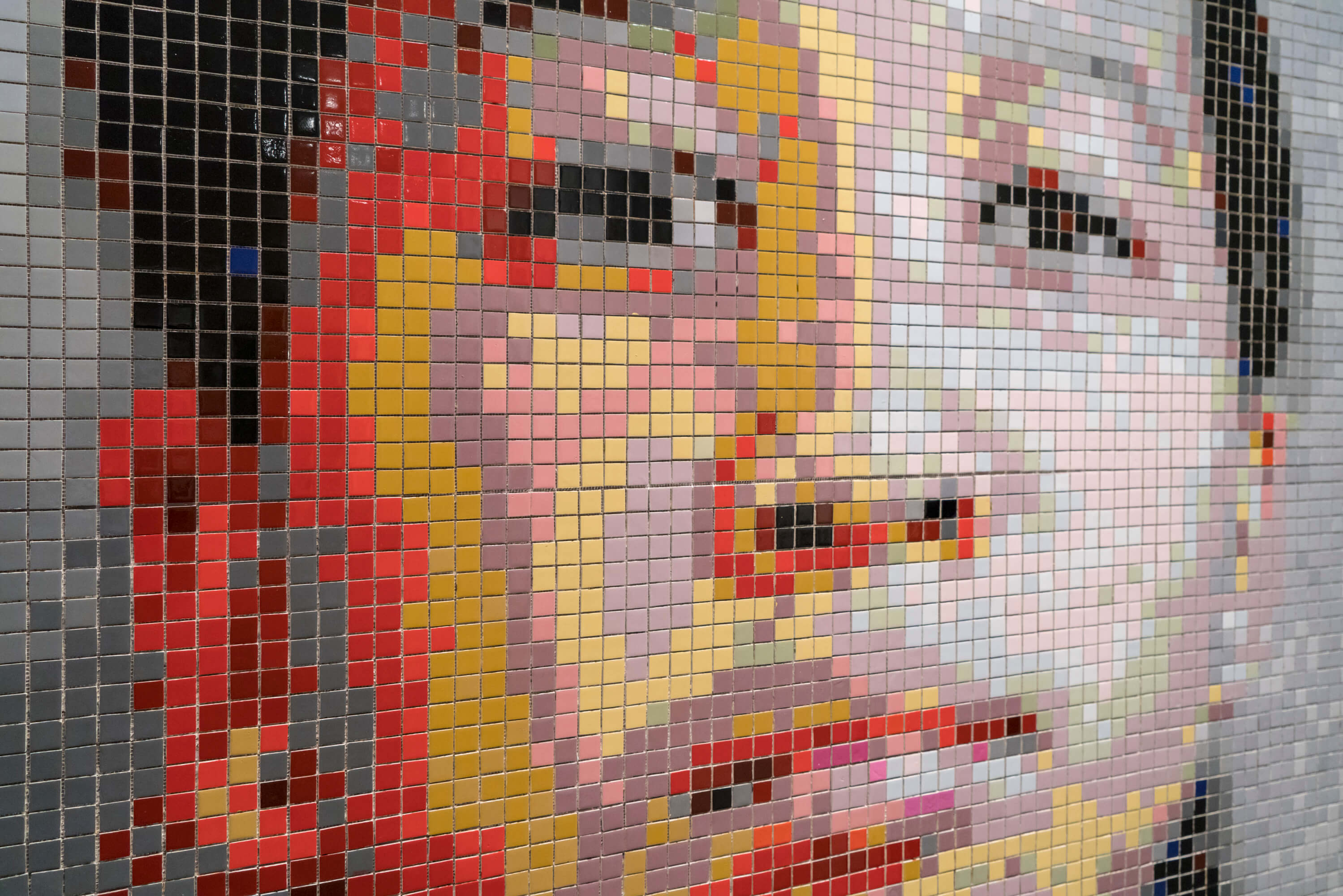Director: Markus Kneer, Daniel Schwartz
23’, Venezuela, Switzerland, 2013
Spanish, English with Turkish & English subtitles
Torre David is the world's tallest squat. This skyscraper in the center of Caracas, Venezuela, was never completed and stood vacant for over a decade. Five years ago, 750 families from the slums moved into the tower, installed water and electricity, and turned this building intended as bank headquarters into their home. “For me, being here is an opportunity that came from a tragedy,” says one occupant who lost his house in a flood. With its open stairwells and gaping holes, this half-completed carcass of a building houses innumerable little paradises rising up from the concrete floors poured by the new residents themselves. There’s a shop, a basketball court, a parking garage, a guard and a lock on the door to keep out criminals. Forty percent of Caracas’s population lives in slums. “In the slum, life is lawless. Here, it’s safe,” explains one woman, and another explains how filthy the building was when they first entered five years ago. Photos illustrate the story in split screen. The squatters work communally to make the building habitable. Short interviews alternate with scenes from everyday life in the tower, accompanied by rap music from El Cancerbero and others.

He didn’t expect this from me. And I hadn’t expected that we would decide to get married that day, at that moment. Everything happened all of a sudden, but exactly like it was supposed to happen in our day. We thought of the idea of marriage simultaneously, we smiled simultaneously, blinking and opening our eyes in unison.

The exhibition “Look At Me! Portraits and Other Fictions from the ”la Caixa” Contemporary Art Collection” examined portraiture, one of the oldest artistic genres, through a significant number of works of our times. Paintings, photographs, sculptures and videos shaped a labyrinth of gazes that invite spectators to reflect themselves in the social mirror of portraits.
Tuesday - Saturday 10:00 - 19:00
Friday 10:00 - 22:00
Sunday 12:00 - 18:00
The museum is closed on Mondays.
On Wednesdays, the students can
visit the museum free of admission.
Full ticket: 300 TL
Discounted: 150 TL
Groups: 200 TL (minimum 10 people)